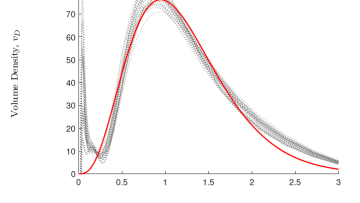Shock Refection Problem: Existence and Uniqueness of Solutions
Abstract
We discuss shock reflection problem for compressible gas dynamics, von Neumann conjectures on transition between regular and Mach reflections. Then we describe recent results on existence and uniqueness of regular reflection solutions for potential flow equation, and discuss some techniques involved in the proof. The approach is to reduce the shock reflection problem to a free boundary problem, and prove existence and uniqueness by a version of method of continuity. This involves apriori estimates of solutions in the elliptic region of the equation of mixed type, with ellipticity degenerating on some part of the boundary. For the proof of uniqueness, an important property of solutions is convexity of the free boundary. We will also discuss some open problems.
This talk is based on joint works with G.-Q. Chen and W. Xiang.




